Paper is one of the most versatile materials in the world. It can be used for anything from taking notes in class to important printing documents. However, when the paper is damaged, it can be challenging to fix. In this blog post, we will explore how to fix damaged paper. Whether the paper has a few wrinkles or is completely torn, there is a solution out there! Keep reading to learn more.
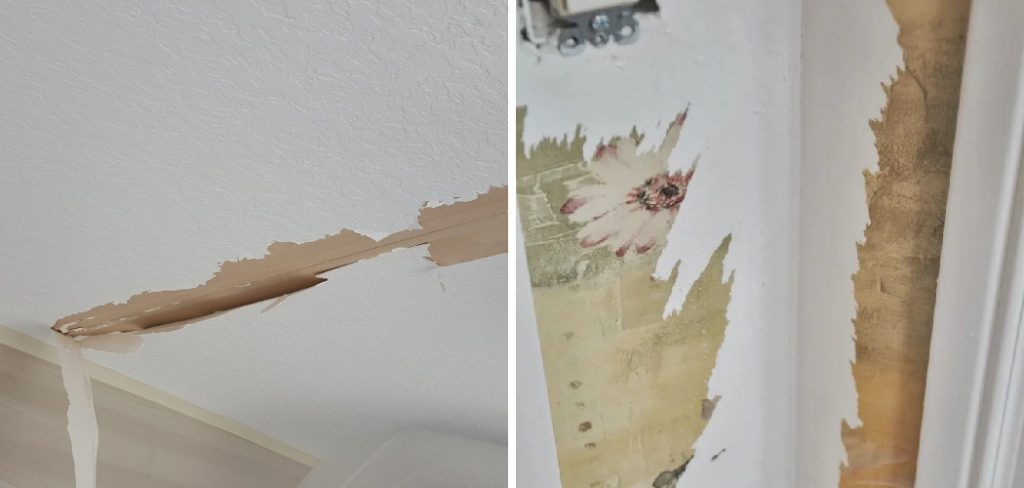
Summary: Repairing damaged paper can be done in a few easy steps. Start by inspecting the paper and trying to smooth out any wrinkles. Trim the damaged area and tape it, then use binding agents and decoupage glue for further reinforcement.
To fix torn pages, you can use a stapler or remove water damage with a dehumidifier. For mold or mildew, clean the paper and flatten curled pages using an iron. Finally, use a dehumidifier to prevent future damage.
What Causes Damage to Paper?
There are a few different things that can cause damage to the paper. One of the most common is exposure to water. Water can cause the paper to swell, making it difficult to read or use. Another common cause of damage to paper is exposed to heat. Heat can cause the paper to become brittle and break easily. The other main causes of damage to paper are tearing and folding.
Additionally, damage can also be caused by insects or animals. Finally, damage can also occur from storage in an unsuitable environment. For example, if the paper is stored in a humid or damp climate, it can start to break down and become damaged.
A Complete Guide on How to Fix Damaged Paper
1. Inspect the Paper
The first step is to look closely at the paper and determine the extent of the damage. If the paper is only wrinkled, you may be able to smooth it out with your hands. If the paper is ripped or torn, you will need to decide if you want to try and repair it or start over with a new piece of paper. Next, inspect the paper for any insects or animals that may have caused the damage.
2. Try to Smooth Out Wrinkles
If the paper is only wrinkled, you may be able to smooth out the wrinkles with your hands. Start by lightly dampening your hands with water. Then, hold the paper between your hands and try to smooth out the wrinkles. If this does not work, you can try using a cloth steamer on the lowest setting. Finally, hold the paper against the iron until the wrinkles start to disappear.
3. Trim the Damaged Area
If the damage is extensive, you may need to trim off the damaged area of the paper. Use a sharp pair of scissors to cut away the damaged portion, being careful not to cut into the good part of the paper. First, cut away any ragged or uneven edges. Then, cut a clean, straight line along the edge of the damage. Try to keep your cuts as even as possible so that the repaired area will blend in seamlessly.
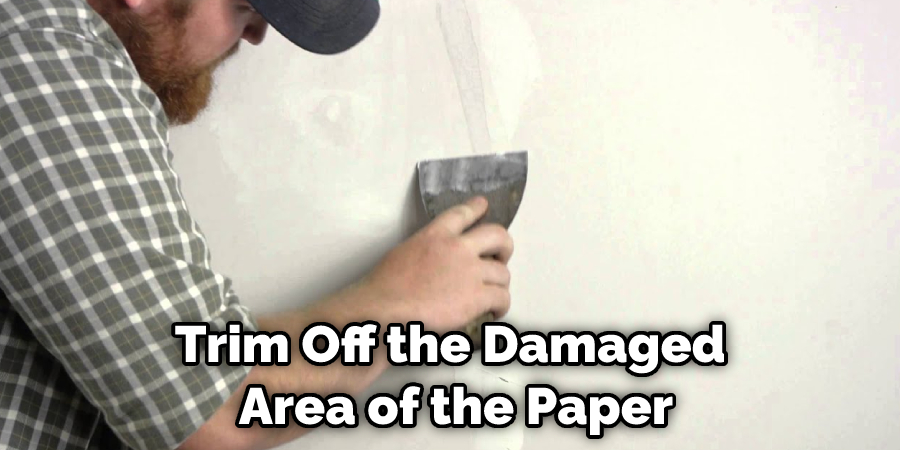
4. Tape the Damaged Area
If the paper is ripped or torn, you will need to use tape to repair it. Use clear tape so that it will not be visible once the repair is complete. To do this, first, smooth out the area around the damage. Then, place a piece of tape over the damaged area, ensuring that the tape’s edges extend beyond the damage.
Finally, use your fingers to smooth out the tape gently. If the paper is very delicate, you may want to use a piece of cloth between your fingers and the tape.
5. Use a Binding Agent
If the paper is severely damaged, you may need to use a binding agent to repair it. A binding agent will hold the paper together and help to prevent further damage. You can purchase binding agents online or at a local craft store. Mix the agent according to the package directions to use a binding agent.
Then, brush the mixture onto the damaged area of the paper. Allow the binding agent to dry completely before handling the paper. If the agent is not dry, it could cause the paper to stick together.
6. Use a Decoupage Glue
Another option for severely damaged paper is to use decoupage glue. This type of glue is specially formulated to work with paper. To use this method, first, brush a layer of glue over the entire surface of the paper. Then, place a piece of wax paper over the top of the glued area and press it down gently.
Next, apply another layer of glue over the wax paper. Finally, place the second piece of wax paper on top of the glued area and press it down firmly. Allow the glued area to dry for 24 hours before removing the wax paper.
7. Use a Stapler
If the paper is ripped or torn, you can use a stapler to repair it. First, smooth out the area around the damage. Then, line up the edges of the paper and staple them together. Be sure to use enough staples to hold the paper in place. Finally, trim any excess paper from the edges of the repair. If necessary, you can use a pen or pencil to mark where you need to cut.
8. Repair Torn Pages
If you are repairing a book or document, you may need to use special techniques to repair the pages. For example, if the pages are torn, you will need to use a product like wheat paste or adhesive archival film. You can find these products at most office supply or craft stores.
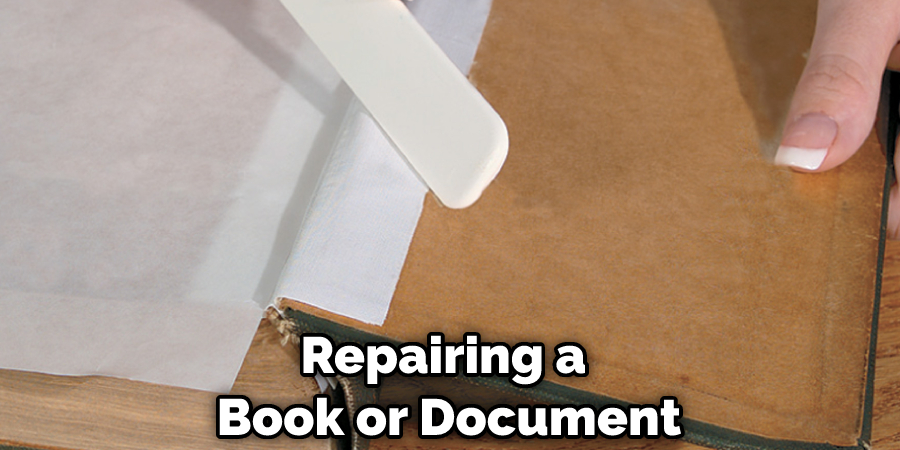
First, align the torn edges of the pages as closely as possible. Next, apply a thin layer of adhesive to one side of the tear. Then, press the pages together and hold until the adhesive dries. Finally, trim any excess adhesive from the edges of the pages.
9. Remove Water Damage
If the paper is water damaged, you will need to take special care to repair it. First, remove any wet or damp items from the area. Next, use a hairdryer on the low setting to dry the area. If the paper is still wet, you can place it before a fan to dry it out. Once the paper is dry, you can begin to repair it.
10. Remove Mold or Mildew
If the paper is moldy or mildewed, you will need to take care of that first. Mold and mildew can spread quickly, so it’s important to deal with them as soon as you spot them. To remove mold or mildew from paper, start by dampening the affected area with a clean cloth. Then, apply a small amount of white vinegar to the cloth and rub it into the paper.
Finally, rinse the area with clean water and dry it thoroughly. If you’re dealing with a large mold or mildew problem, you may need to use a commercial mold and mildew remover. Follow the instructions on the product label carefully and always ventilate the area well when using these products.
11. Flatten Curled Pages
If the pages of a book or document are curled, you can flatten them out by weighting them down. Start by placing the pages on a clean, flat surface. Place a heavy object on top of the pages and leave it there for at least 24 hours. This will give the pages time to flatten out. If the pages are still curled after 24 hours, you can repeat this process until they flatten out completely.
12. Use an Iron
You can use an iron if you need to flatten out a document or piece of paper quickly. Start by setting the iron to the lowest heat setting possible. Place the form on an ironing board and cover it with a thin cloth. Another option is to place the paper between two pieces of parchment paper. Slowly run the iron over the paper until it is flat.
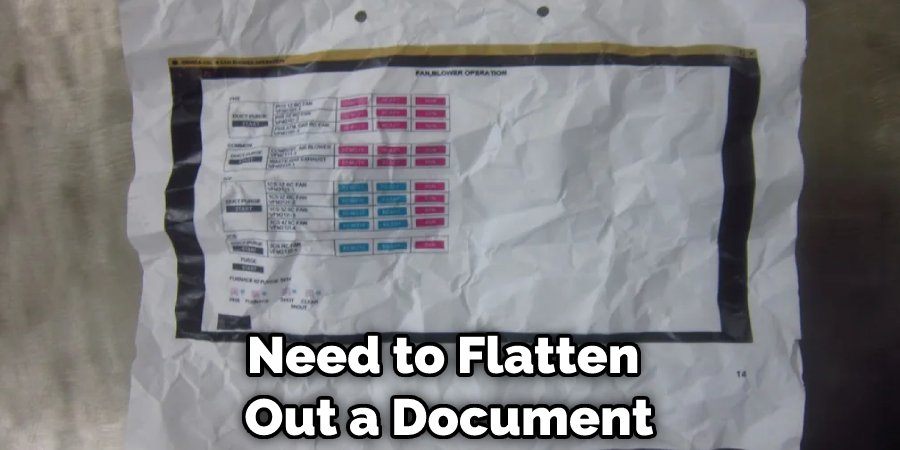
13. Use a Dehumidifier
If the paper is wrinkled from humidity, you can use a dehumidifier to remove the wrinkles. First, place the paper on a flat surface. Then, turn the dehumidifier on and place it next to the paper. Leave the dehumidifier for a few hours or until the paper is dry and flat. If you don’t have a dehumidifier, you can place the paper near a fan or open a window to dry it out.
You Can Check It Out to Fix a Guillotine Paper Cutter
Tips and Warnings on How to Fix Damaged Paper
Tips:
1. Be sure not to use too much water when fixing the damaged paper, as this will only worsen the damage.
2. Try using a soft brush or a vacuum cleaner with a soft attachment to remove any debris or dirt from the paper’s surface before beginning any repair process.
3. If the paper is severely damaged, it may be best to start over with a new piece of paper simply.
Warnings:
1. Do not use any harsh chemicals or solvents on the paper, as this can further damage it.
2. Do not try to fix the paper if it is severely damaged, as this could result in further damage.
3. Always consult a professional if unsure how to properly fix the damage.
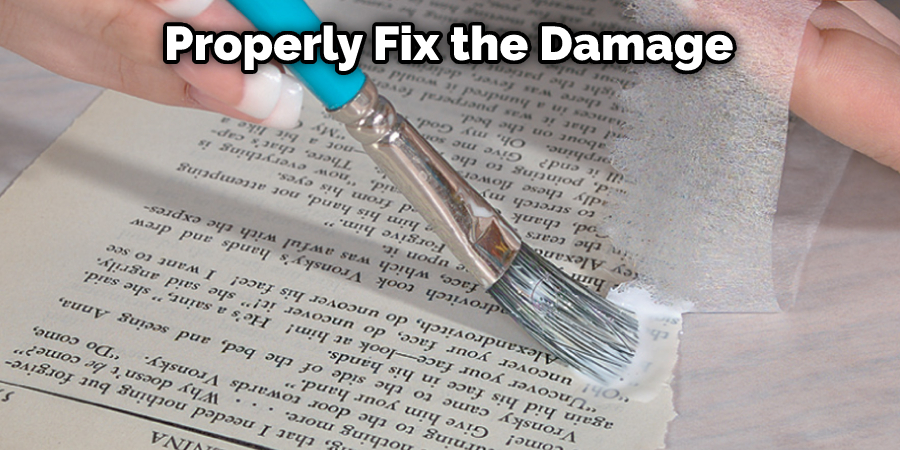
Frequently Asked Questions
Can Paper Be Repaired?
Yes, paper can be repaired. However, it is important to note that the quality of repair will vary depending on the type of paper and how it was damaged. If you have torn or stained paper, a simple fix may involve boiling water and spraying the area with WD-40 (or similar lubricant) before ironing. If your paper has been damaged by fire or other liquid chemicals, then a more complicated repair may be required in order to remove any harmful substances.
Will Masking Tape Damage Paper?
There is some concern that masking tape may damage paper if it’s used excessively or for a long period of time. This is because the adhesive on the tape can leave a residue that could potentially cause irreversible damage to your documents. In order to avoid this, be sure to use caution when applying the masking tape and remove it promptly once you’re finished.
Is Masking Tape the Same as Paper Tape?
No, Masking Tape is a different type of tape that is often used to cover surfaces so that they do not show fingerprints or other markers. It usually comes in three sizes (regular, heavy-duty, and waterproof) and can be easily applied with just your hands. The masking tape has a hard surface that protects the surface it’s on from scratches and other marks.
Do You Fill Holes in Paper?
Yes, we do! In fact, our team is dedicated to providing quality hole fill services for a wide range of clients. From book and magazine covers to packaging and labels, we can fill any hole or cut you need to befilled. We use the latest in printing technology and equipment to ensure that your prints look professional and are of the highest quality.
What Kind of Tape Does Not Tear Paper?
The type of tape that doesn’t tear paper will vary depending on the type of paper being taped. However, some common types of paper that may be taped with a non-tearing tape include cartridge paper, copy paper, and photo paper.
Conclusion
So, there you have it. Now you know how to fix damaged paper. We hope that this has been helpful and informative. Remember, practice makes perfect, so try these techniques out on some old papers before using them on your important documents!
You Can Check It Out to Fix Wrinkled Laminated Paper
